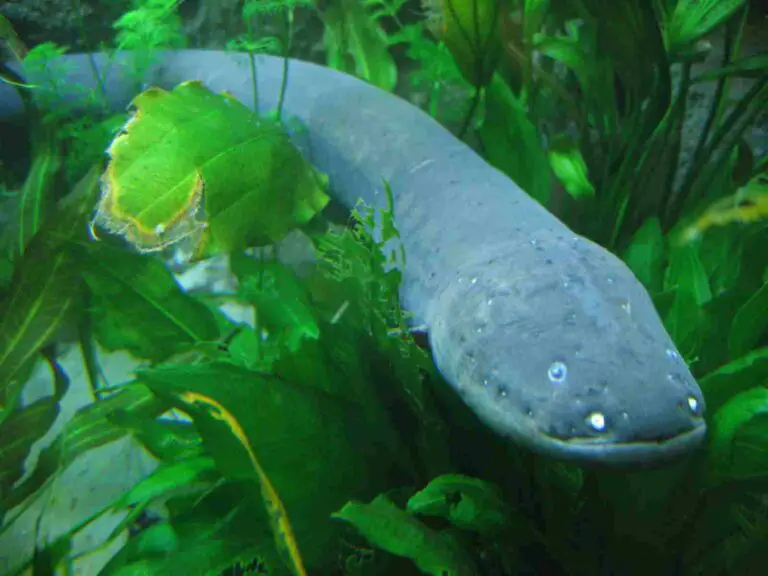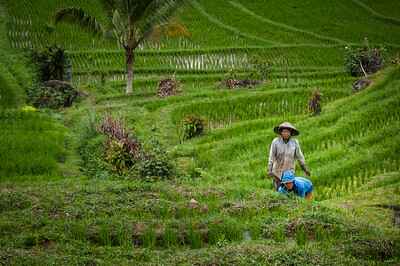5 Resource Depletion Examples Explained
Resource depletion examples are; unsustainable agriculture, deforestation and de-vegetation, excessive mining, overconsumption, and environmental pollution.
This article discusses resource depletion examples, as follows;
1). Unsustainable Agriculture (as one of the Resource Depletion Examples)
Unsustainable agriculture is the inverse concept to sustainable agriculture, and can be described as an approach which prioritizes high yield of crops and livestock over the sustainability of agricultural production.
In unsustainable agriculture, resources are depleted due to the absence of recycling, and the lack of a careful and well-planned approach to farming. These insufficiencies can occur at any stage or in any context of agriculture, including soil fertility optimization, land clearing, cultivation, harvest and food processing.
Slash-and-burn agriculture is an example of an unsustainable approach [1], whose consequences include loss of biomass, energy waste, and environmental degradation through the emission of greenhouse gases and toxins that reduce air quality.
Others include uncontrolled application of chemical fertilizer, pesticides and herbicides; tilling of weak, erosion-prone or sensitive soil, and continuous cultivation without nutrient replenishment [5].
The results of such practices include fertility loss, soil erosion, water waste, soil and water pollution, and desertification. Each of these outcomes either represents, or is closely linked to some form of resource depletion.
Addressing resource depletion caused by agriculture is achievable by implementing principles and practices of sustainable agriculture like crop rotation, contour farming, organic farming, biomass conversion and biofuel production, biological control, composting, and biodynamic farming.
2). Deforestation and De-vegetation
Deforestation and de-vegetation are examples of resource depletion that involve the large-scale loss of vegetation.
Being a natural carbon sink, loss of vegetation implies increased emission of carbon dioxide into the atmosphere, which in turn facilitates global warming [2].
Vegetation loss may occur as a result of human activities such as felling of forest trees for timber harvest, and clearing of land for agriculture or residential use.
When the lost vegetation is not replaced through reforestation or other similar measures, it can lead to resource depletion, and may facilitate desertification, erosion, landslides, eutrophication and stormwater pollution, among others.

3). Excessive Mining (as one of the Resource Depletion Examples)
Exploration and extraction of minerals like tin, iron and bismuth, is an essential practice that helps provide useful raw materials for various industries, thereby supporting the growth of economy.
However, mineral extraction is only recommendable when it is carried out in such a manner that is sustainable, and does not raise risks of economic recession, environmental degradation, and public health problems in the near future.
Because minerals are non-renewable and finite resources, an uncontrolled approach to their extraction will lead to depletion of reserves [4]. Rather, such resources must be conserved through circular economic practices like recycling.
The case is similar for fossil fuels. Although these raw materials are constantly being produced in nature, deletion occurs when the rate of extraction and consumption exceed the rate of replenishment.
The effects of resource depletion here include; energy waste, raw material waste, oil spill, and pollution by mine waste. Further losses could also be incurred in environmental remediation efforts.

4). Overconsumption
Overconsumption can be said to be the basic, underlying cause of resource depletion.
Both renewable and non-renewable resources are affected negatively by overconsumption; which represents a state in which the rate of consumption of resources is beyond the capacity of available reserves, and of the ecosystem as a whole.
While overconsumption mostly involves manmade products, it leads to overexploitation of natural resources that are needed to manufacture these products.
Overconsumption can be linked to conditions like overpopulation and unsustainable economic schemes [3], and has social, economic and environmental consequences.
5). Environmental Pollution (as one of the Resource Depletion Examples)
Although pollution does not always imply that resource depletion has occurred, it can be described as an example of resource depletion, due to the cause-effect relationship between both concepts.
Environmental pollution indicates poor management of resources, including raw materials, finished products, and waste materials.
Pollutants that are introduced into the environment, and which decrease soil, water and air quality, are released as a result of unsustainable practices and wastage of resources.
At the same time, pollution leads to resource depletion by contaminating natural reserves, and destroying ecologic habitats (thereby causing biodiversity to be lost).
These problems can be addresses through practices and principles of material recycling, energy efficiency and energy conservation.
Conclusion
Resource depletion examples are;
1. Unsustainable Agriculture
2. Deforestation and De-vegetation
3. Excessive Mining
4. Overconsumption
5. Environmental Pollution
References
1). Ebel, R. (2018). “Effects of Slash-and-Burn-Farming and a Fire-Free Management on a Cambisol in a Traditional Maya Farming System.” CIENCIA ergo sum 25(2). Available at: https://doi.org/10.30878/ces.v25n2a5. (Accessed 15 October 2022).
2). Panja, P. (2019). “Deforestation, Carbon dioxide increase in the atmosphere and global warming: A modelling study.” International Journal of Modelling and Simulation. Available at: https://doi.org/10.1080/02286203.2019.1707501. (Accessed 15 October 2022).
3). Pettee, S.; Jones, M. (2022). “Leveraging Deep Change for a Sustainable Future in a World of Overconsumption and Overpopulation.” Available at: https://doi.org/10.13140/RG.2.2.33162.13764. (Accessed 15 October 2022).
4). Ponomarenko, T.; Nevskaya, M. A.; Jonek-Kowalska, I. (2021). “Mineral Resource Depletion Assessment: Alternatives, Problems, Results.” Sustainability 13(2):862. Available at: https://doi.org/10.3390/su13020862. (Accessed 15 October 2022).
5). Reganold, J. P.; Elliott, L. F.; Unger, Y. L. (1987). “Long-term effects of organic and conventional farming on soil erosion.” Nature 330(6146). Available at: https://doi.org/10.1038/330370a0. (Accessed 15 October 2022).



